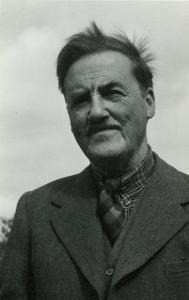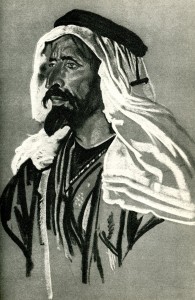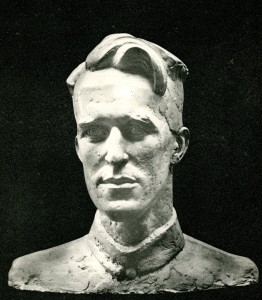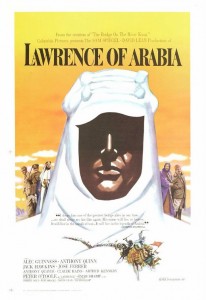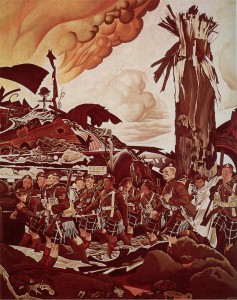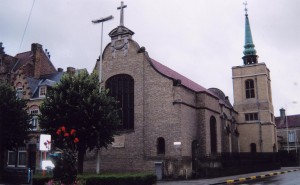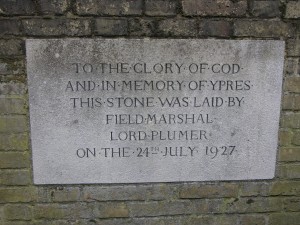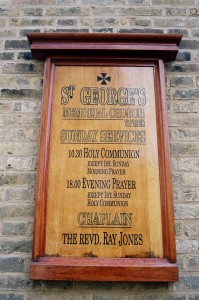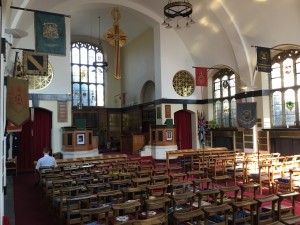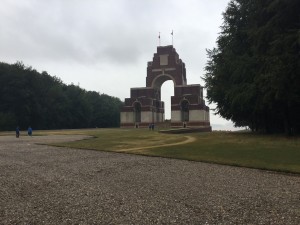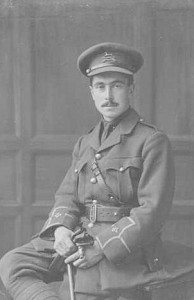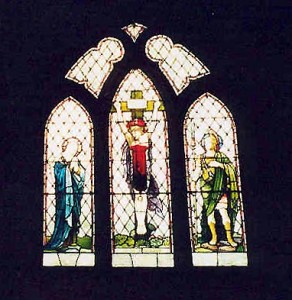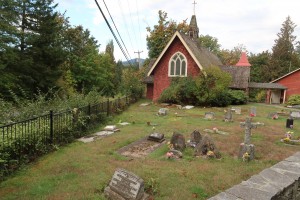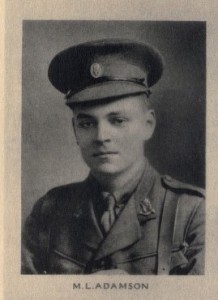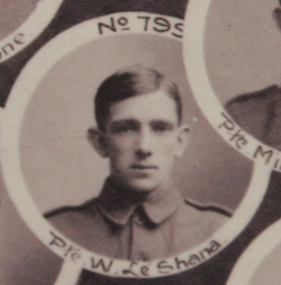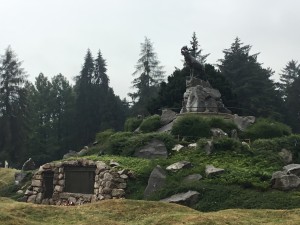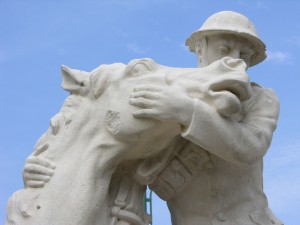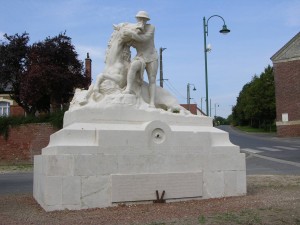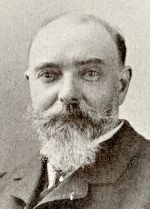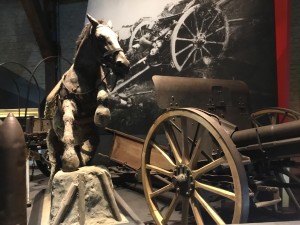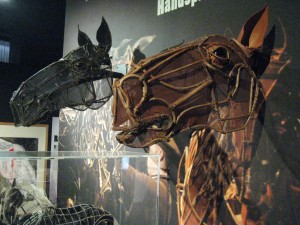Kennington: Colours and Line
Posted By pferguson on August 29, 2022
Ever More Connected
Artist Eric Henri Kennington was a war artist and sculptor– creating well known works of both the Great War (The First World War) and the Second World War. Kennington’s work is housed in several public collections including the National Portrait Gallery (London), the Tate Gallery (London), the National Galleries of Scotland, and the Imperial War Museum. One Kennington sculpted memorial, The 24th East Surrey Division War Memorial, stands in Battersea Park, London.
However, of particular interest this day is Kennington’s work associated with T.E. Lawrence C.B., D.S.O. “Lawrence of Arabia” having provided several portraits for Lawrence’s book The Seven Pillars of Wisdom completed in 1922 and first published in 1926. Kennington also produced a bust of Lawrence placed in the crypt of St. Paul’s Cathedral (1936) and a recumbent effigy of Lawrence at St. Martin’s Church, Wareham, Dorset (1939). The story of Lawrence is well known and popular having achieved considerable modern standing with the release of David Lean’s 1962 film, Lawrence of Arabia.
Popular with film makers the Lean film has repeatedly provided considerable guidance to the craft for directors Steven Speilberg and Martin Scorsese. One cannot help but become engrossed in the creation of this work by David Lean and the insights provided by these accomplished directors. So too this humble writer, who has oft mentioned his own interest in the film. The Lawrence film is also of great interest to Paradigm’s (Motion Picture Company), President and Director Casey Williams. Having chatted with Casey about the Lawrence film I know how much respect Casey holds for the accomplishments of David Lean and this film. Having often discussed the creation of story and connection with Casey it is considerable fun now to bring connection to two of Casey’s favorite subjects…Lawrence (and David Lean)…and the 16th Battalion, C.E.F. (The Canadian Scottish).
I reintroduce now Eric Henri Kennington an accomplished Royal Academy artist, a specialist in the depiction of hardship faced by sailors, soldiers and airmen. Not only did Kennington have a close association to Lawrence but in 1920 he completed The Conquerors a painting depicting the 16th Battalion CEF (The Canadian Scottish) and housed in the collection of the Canadian War Museum. Previously entitled The Victims, Kennington renamed the painting following objections to the title by Canadian Scottish Lieutenant Colonel Cy Peck V.C., D.S.O. and Bar, who was instrumental in the posthumous award of the Victoria Cross to Piper James Cleland Richardson. The Conquerors depicts the 16th as a diverse group of soldiers – somewhat ghostly and representing a diverse gathering of recruits. The colours and lines in The Conquerors make me wish that the illustrations from the Seven Pillars of Wisdom could appear here in colour.
So too I wonder of the artist Kennington, the soldier Lawrence, the Canadian Scottish…drawn together by the hands of one artist…one wonders what experience was shared in the preparation of the Seven Pillars illustrations. Did Kennington speak of his experience to Lawrence…did Lawrence know the Canadian Scottish? The colours and lines grow ever more connected (even if only hopeful), brought here this day…connection.

